The Apocalypse of St. John: Lectures on the Book of Revelation
13 lectures, Nuremberg, June 17–30, 1908 (CW 104)
Initiation enables a person to see, understand, and communicate what may be observed with spiritual eyes. St. John’s text arises from such an initiation. It addresses the fundamental questions of existence that every human being asks: Where are we? Where have we come from? Where are we going? And because it arises from esoteric Christian vision, it emphasizes the task of the individual: What am I, and what is my purpose now in this era of cosmic and human evolution?
These talks by Rudolf Steiner unveil the mysteries of John’s vision and show it to be a profound description of Christian initiation. As Rudolf Steiner says, “The deepest truths of Christianity may be considered quite naturally in connection with this document, for it contains a great part of the mysteries of Christianity—that is, the profoundest part of what may be described as esoteric Christianity.”
Steiner shows that the messages to the seven churches and the unsealing of the seven seals must be understood as an initiation text. Based on his initiation and on spiritual science, Steiner interprets John’s insights into cosmic and human history. In this way, the spiritual images of John’s writing—the twenty-four elders, the sea of glass, the woman clothed with the sun, the vials of wrath, the lamb and the dragon, the new heaven and the new earth, and the number of the beast—all take on new meaning.
Since the previous painful century has closed, these important words have even greater meaning and significance. Readers interested in contributing their moral will to future generations cannot afford to pass them by.
Includes images of the seven apocalyptic seals painted by G. Rettich in 1907, following sketches by Rudolf Steiner.
This volume is a translation from German of Die Apokolypse des Johannes (GA 104).
C O N T E N T S:
From the Preface by Marie Steiner to the 1st German Edition, 1945
Introductory Lecture: Spiritual Science: The Gospels, the Future of Mankind
1. The Apocalypse as a Description of Christian Initiation
2. The Nature of Initiation: The First and Second Occult Seal Pictures
3. The Messages to the Seven Churches
4. The Seven Seals and their Unsealing
5. The Development of Man in Connection with the Cosmic Development of Earth
6. Man in the Lemurian and Atlantean Epochs and the Mystery of Golgotha
7. The Development of the Personality that Has a Consciousness of Self
8. The Future Development of Mankind: The Civilization of the Seven Seals and the Seven Trumpets
9. Transition to the Spiritualized Earth: The Woman Clothed with the Sun
10. The Process of Evolution through the Seven Conditions of Consciousness, of Life, and of Form
11. The Number 666: Sorath the Sun-Demon
12. The First and Second Deaths: The New Heaven and the New Earth
Notes
Plates Showing the Seven Apocalyptic Seals
About the Author
Rudolf Steiner (1861–1925) was born in the small village of Kraljevec, Austro-Hungarian Empire (now in Croatia), where he grew up (see right). As a young man, he lived in Weimar and Berlin, where he became a well-published scientific, literary, and philosophical scholar, known especially for his work with Goethe’s scientific writings. At the beginning of the twentieth century, he began to develop his early philosophical principles into an approach to systematic research into psychological and spiritual phenomena. Formally beginning his spiritual teaching career under the auspices of the Theosophical Society, Steiner came to use the term Anthroposophy (and spiritual science) for his philosophy, spiritual research, and findings. The influence of Steiner’s multifaceted genius has led to innovative and holistic approaches in medicine, various therapies, philosophy, religious renewal, Waldorf education, education for special needs, threefold economics, biodynamic agriculture, Goethean science, architecture, and the arts of drama, speech, and eurythmy. In 1924, Rudolf Steiner founded the General Anthroposophical Society, which today has branches throughout the world. He died in Dornach, Switzerland.


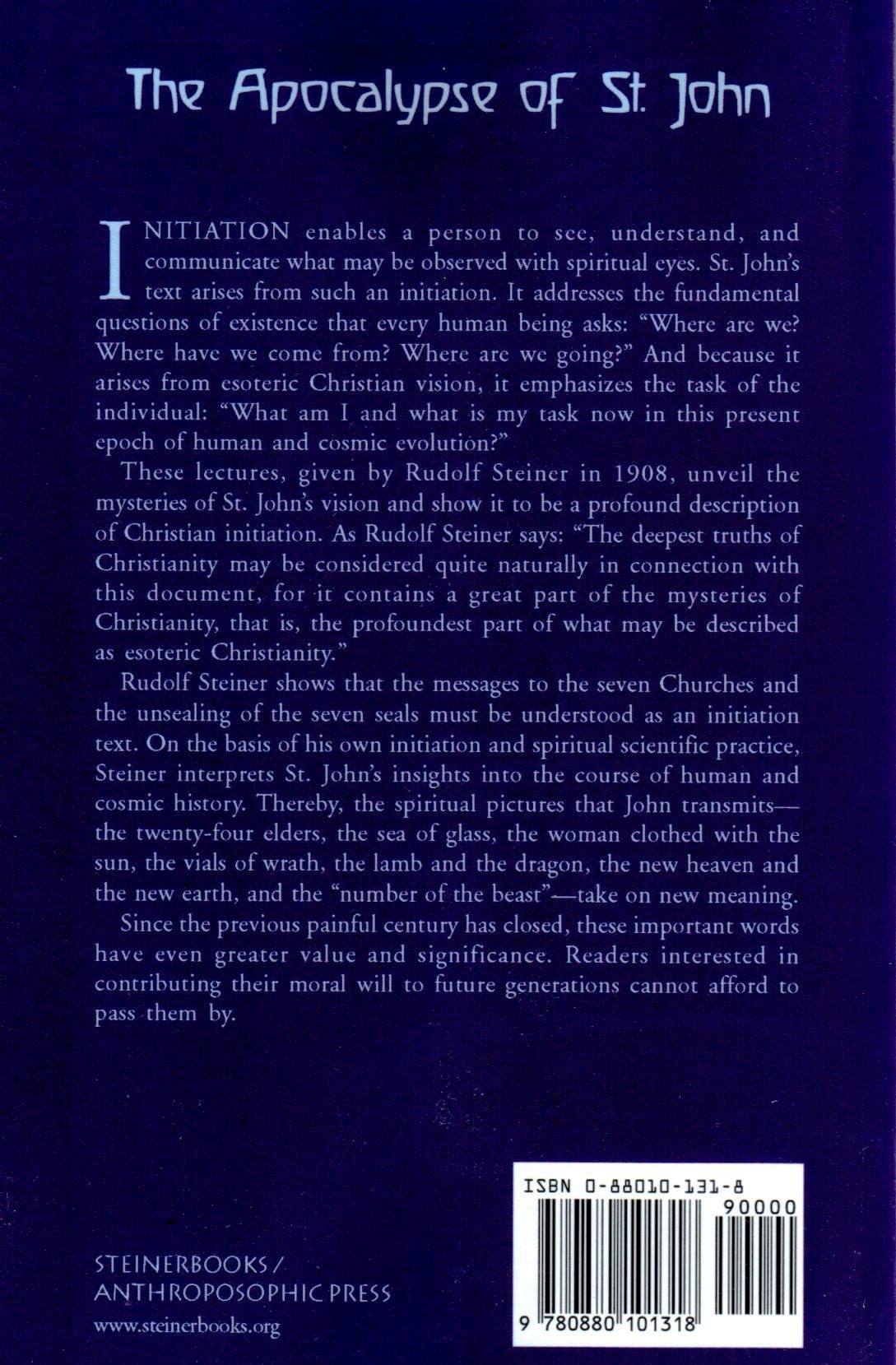




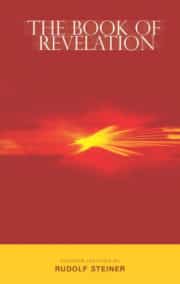
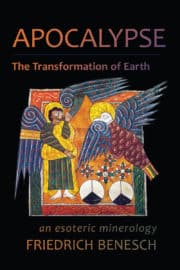



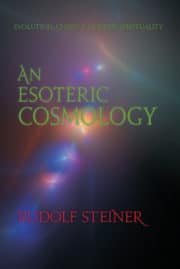
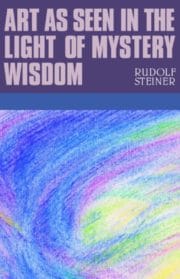



Rebecca S. (verified owner) –
Delivered promptly in excellent condition.